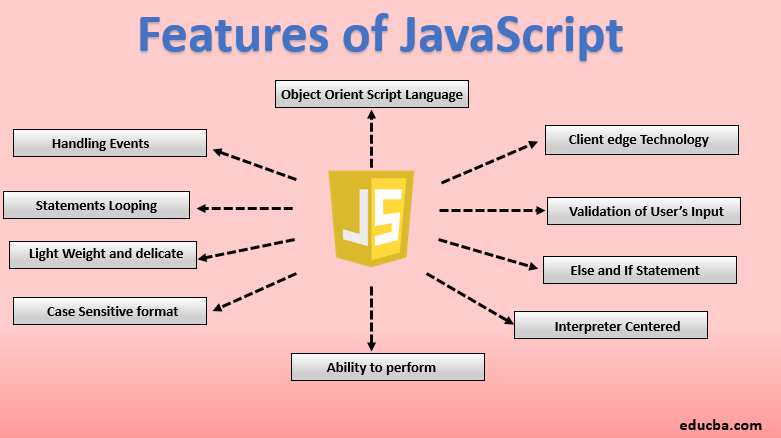What is JavaScript?
JavaScript is a high-level, interpreted programming language that is primarily used to enhance the interactivity and functionality of web pages. It is commonly integrated into websites to create dynamic content, interactive features, and improve user experience.
Key Features of JavaScript:
- Client-Side Scripting: JavaScript is executed on the client-side (i.e., in the user’s web browser) rather than on the server, allowing for quicker response times and reduced strain on the server.
- Event-Driven Programming: JavaScript code can respond to user actions, such as clicks, mouse movements, and keyboard inputs, to trigger specific functions and behaviors.
- Object-Oriented: JavaScript supports object-oriented programming, making it versatile and flexible for creating complex applications and manipulable objects.
- Creating interactive web elements like sliders, pop-ups, and animations.
- Validating form inputs and handling user input before submitting data.
- Implementing dynamic content loading without refreshing the entire webpage.
Use Cases of JavaScript:

Features of JavaScript
Data Types
JavaScript supports various data types such as strings, numbers, booleans, arrays, objects, and functions.
Functions
In JavaScript, functions are first-class citizens; they can be assigned to variables, passed as arguments, and returned from other functions.
DOM Manipulation
Document Object Model (DOM) manipulation allows JavaScript to interact with HTML elements dynamically on a webpage, enabling tasks like creating, modifying, or deleting elements.
Asynchronous Execution
JavaScript is capable of asynchronous execution through mechanisms like callbacks, promises, and async/await, enabling non-blocking operations.
Event Handling
With event handling, JavaScript can respond to user actions such as clicks, keypresses, and mouse movements, allowing for interactive web experiences.
Modules
JavaScript supports modules for encapsulating code into reusable units, promoting modular programming and enhancing code organization and maintainability.
Error Handling
Proper error handling in JavaScript ensures graceful degradation when unexpected situations occur, preventing the script from crashing.
Dynamic Typing
JavaScript is a dynamically typed language, meaning that variables can hold different types of data without explicit type annotations, providing flexibility but requiring careful attention to type conversions.
